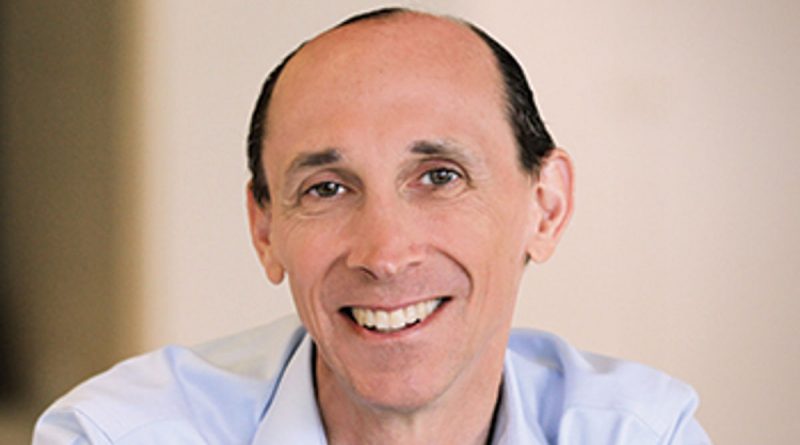Dana Dunne of Europe OTA eDreams Odigeo on its ambitions in the U.S.
European travel company eDreams Odigeo operates OTA brands eDreams, GO Voyages, Opodo and Travellink as well as metasearch engine Liligo. The company says it is Europe’s largest online travel company, one of Europe’s largest e-commerce businesses and is growing at a clip that outpaces the market. CEO Dana Dunne said he believes its subscription service, Prime, is one of its biggest competitive advantages, as is its customer service experience, especially for subscribers; Prime recently broke the 4 million-subscriber mark. Dunne, a New York native living in Barcelona, where eDreams is headquartered, recently spoke with senior editor Jamie Biesiada about the company’s ambitions in the U.S.
Q: I understand you already have some customers in the U.S. Do you have plans for growth here?
A: The U.S., we’re much younger there than we are in Europe. For our subscription product, we went with what we would call a minimum viable product. What that means is something that we believe is good from a customer experience perspective, so we can judge a market and the appetite for our product and whether or not it would make sense, therefore, to really, really invest to bring it up to the full product feature functionality.
Basically, we did that two years ago, and we saw that there was a really big take-up in the U.S. — we have good customer satisfaction, good feedback. People were booking and choosing us more and more. In a sense, we were gaining market share from a really, really small base. We’ve really been growing very rapidly — again, from a small base.
We have been investing in the U.S. and will continue to invest and invest in the U.S. to get it to where it would be at our European-standard level of service.
Q: What kind of adjustments do you have to make to appeal to the U.S. market?
A: Let me give you just one simple example, but there are hundreds. And I’m not exaggerating, there are hundreds, but this one is really easy to understand.
Europeans think in terms of day, month, year, and Americans think month, day, year. So an American would enter in, for Oct. 7, they would enter 10/7. A European would think that is the 10th of July.
When we went for a minimum viable product in the U.S., we had the European day, month, year, and a lot of Americans got confused, right? So it wasn’t great, but it wasn’t bad. Americans just figured it out, realized they made the error, and then they changed it.
These are the types of things that we’ve been going through our product set over the past, let’s say, 12 months, to improve it. That one we improved about four or five months ago. But there’s lots and lots of things like that that we just continue to improve. Little by little we improve them, and we see more growth. [The U.S.] is one of our fastest-growing areas of our business.
Q: Looking at your main market in Europe, you’re operating at about 140% of pre-Covid levels, but you estimated that travel in Europe is operating at only about 85% of where it was before the pandemic. To what do you attribute that discrepancy?
A: It’s really our Prime offering, and how we’ve really tried to focus on the customer experience. The No. 1 reason people choose us is around the experience and the delight of it. We know from surveys that we do that our net promoter score is extremely high; not just in travel, but when you look across other industry product sets. … I think as travelers have been returning, a lot of them have really liked this full experience, and therefore they go for the subscription for 12 months.
Source: Read Full Article




